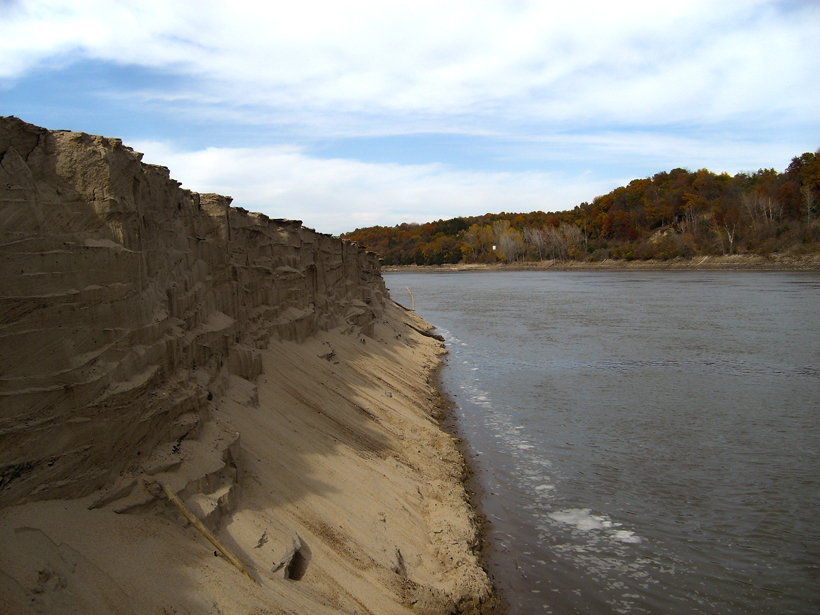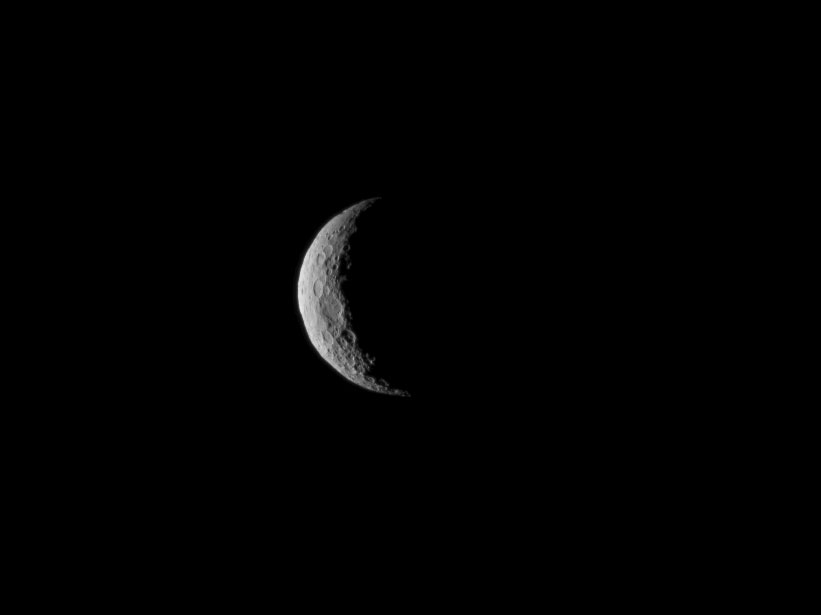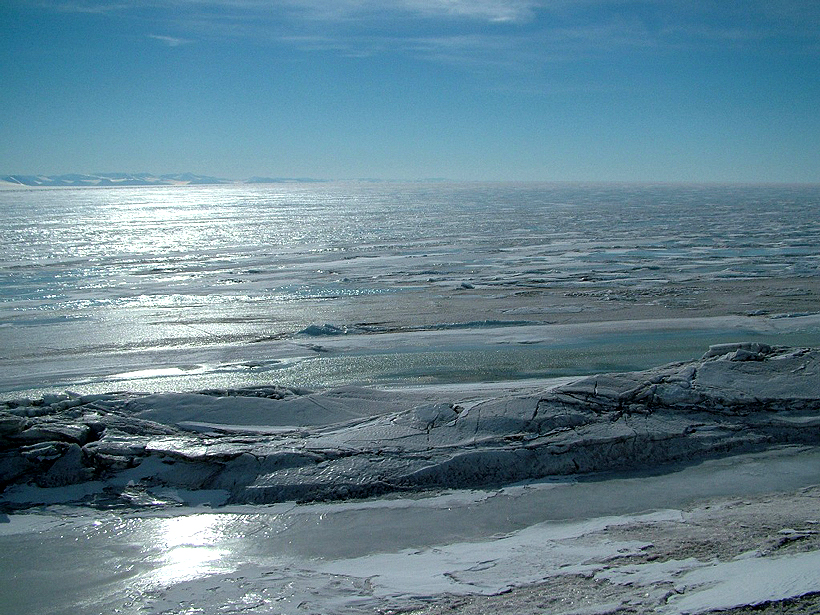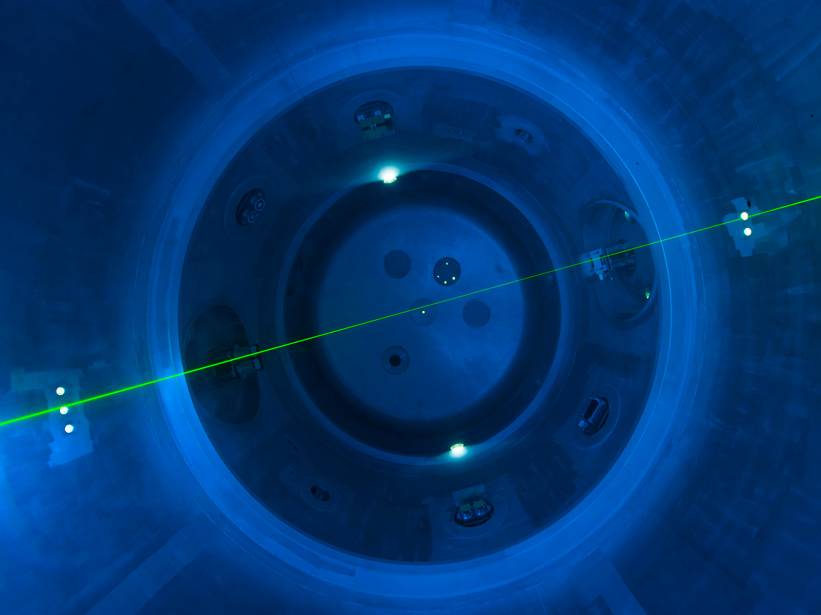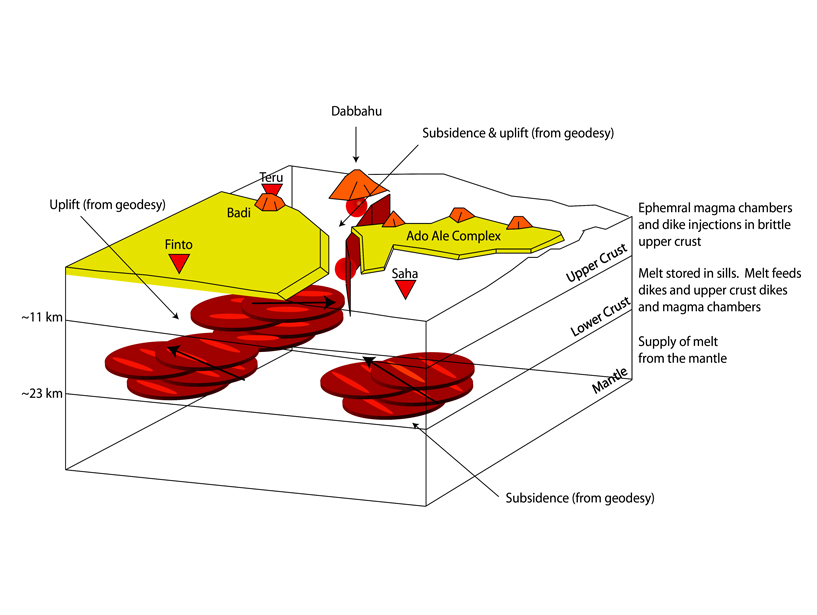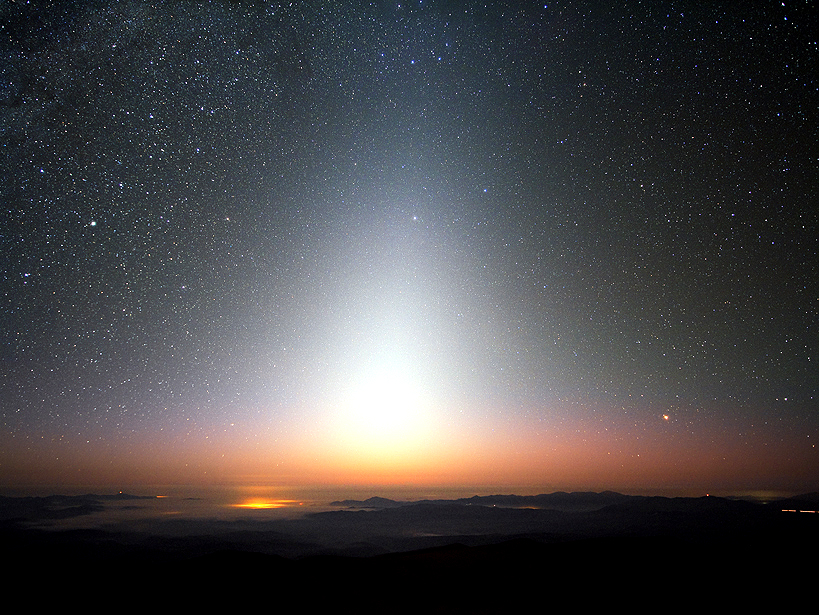The shape can also reveal information on the force required to carve sediment from its bank.
Authors who want CC-BY-NC 2015
Unusual Echo Signal in Atmospheric E Layer
Metallic plasma layers in Earth's ionosphere interfere with radio communications and produce odd echo behavior at specific frequencies.
Improving Your Success in AGU Honors
To reduce the barriers for engagement and success in this essential scientific enterprise, the American Geophysical Union is working to build a more transparent culture around the awards and nomination process.
Dawn Spacecraft Enters into Orbit Around Dwarf Planet Ceres
A 16-month investigation of the dwarf planet Ceres could reveal a lot about the most massive body in the asteroid belt and could advance our understanding of the formation of terrestrial planets.
Satellite Data Yield Detailed Picture of the Lunar Wake
Researchers use satellite data to characterize the physical properties of the lunar wake and the processes that govern it.
How Do Tiny Ice Crystals Help Sea Ice Stay Thick?
Supercooled water contributes to sea ice growth in Antarctica.
Fortifying International Collaborations on African Air Quality
First West African Workshop on Air Quality, Measurements, and Modeling; Abuja, Nigeria, 9–12 June 2014
Precooled Aerosols Are Better Raindrop Nuclei
Cooling inorganic and organic aqueous solutions makes the particles into more robust seeds of clouds.
A Modified Technique to Remotely Detect Subsurface Melt
Adapting a much-used analytical method to consider anisotropy opens up the approach to new uses.
Shooting Stars and Cosmic Dust Help Form Clouds, Fertilize Plankton
Tons of cosmic dust enter Earth’s atmosphere each day, triggering a range of phenomena that scientists are only just beginning to understand.

